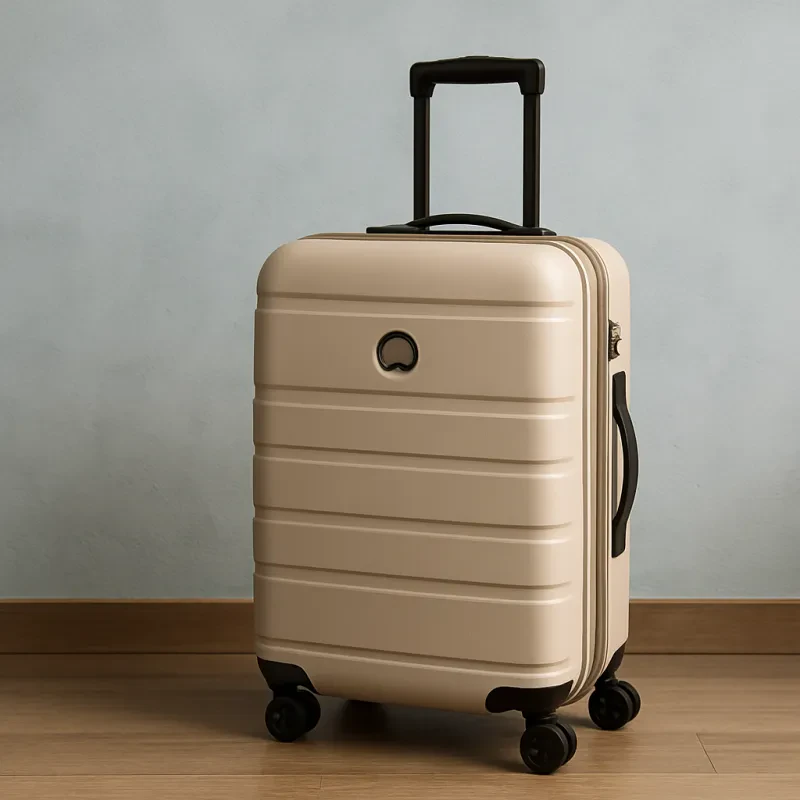The history of airlines can be traced back to the early 20th century when aviation pioneers such as the Wright brothers made the first successful powered flight in 1903. This monumental achievement paved the way for further advancements in aircraft design and technology, leading to the development of commercial airlines.
One of the earliest commercial airlines was founded in 1914 by a businessman named Tony Jannus. His airline offered passenger flights between Tampa and St. Petersburg, Florida, making it the world's first scheduled commercial airline service. This marked the beginning of a new era in transportation, as more airlines began to emerge in the following years.
As aviation technology continued to improve, airlines began offering longer routes and faster travel times. In 1927, Charles Lindbergh made history by completing the first solo transatlantic flight, further demonstrating the potential of air travel. This achievement inspired the founding of new airlines and the expansion of existing ones, ultimately leading to the global network of airlines we have today.
Innovations in Aircraft
Throughout the history of aviation, there have been numerous innovations that have revolutionized the way we fly. One of the most significant advancements was the introduction of the jet engine. This technology made it possible for planes to travel at higher speeds and altitudes than ever before, leading to faster and more efficient air travel.
Another key innovation was the development of composite materials. These lightweight and durable materials have allowed aircraft to be constructed with greater strength and fuel efficiency. In addition, advances in aerodynamics have led to more streamlined aircraft designs, reducing drag and improving overall performance.
Modern aircraft also feature state-of-the-art avionics systems, including GPS navigation, radar systems, and advanced autopilot capabilities. These technologies have greatly improved safety and efficiency in air travel, allowing pilots to navigate more easily and respond quickly to changing weather conditions.
Expansion and Modernization
One of the key advancements in airline expansion was the introduction of larger and more fuel-efficient planes. These new aircraft allowed airlines to transport more passengers over longer distances, opening up new markets and increasing overall profitability. Additionally, airlines began to focus on developing strategic partnerships with other carriers to create more seamless travel experiences for their customers.
Alongside these technological advancements, airlines also began to prioritize customer comfort and convenience. Modernization efforts included the introduction of in-flight entertainment systems, improved seating options, and upgraded airport facilities. These changes helped to attract more passengers and set the stage for a new era of air travel that prioritized the customer experience.
Challenges and Successes
Since its inception, the airline industry has faced numerous challenges on its journey to becoming the global powerhouse that it is today. One of the main obstacles that early airlines encountered was navigating the complex web of regulations and safety protocols set forth by government agencies. This not only made it difficult for airlines to expand and innovate, but also created significant barriers to entry for new players in the market.
Another significant challenge that airlines have had to overcome is the constant threat of economic downturns and global crises. From the oil crisis of the 1970s to the financial crisis of 2008, airlines have had to weather numerous storms in order to stay afloat. In addition, the rise of low-cost carriers has put pressure on legacy airlines to cut costs and find innovative ways to attract customers.
Despite these challenges, the airline industry has also seen its fair share of successes over the years. From the pioneering efforts of early aviators to the development of innovative new technologies, airlines have constantly pushed the boundaries of what is possible. In addition, the industry has seen incredible growth in recent years, with more people than ever before taking to the skies for both business and leisure travel.
Looking to the future, the airline industry will continue to face challenges as it adapts to changing consumer preferences, advances in technology, and global economic shifts. However, with a history of resilience and innovation behind it, the airline industry is well-positioned to tackle whatever obstacles may come its way in the years to come.


